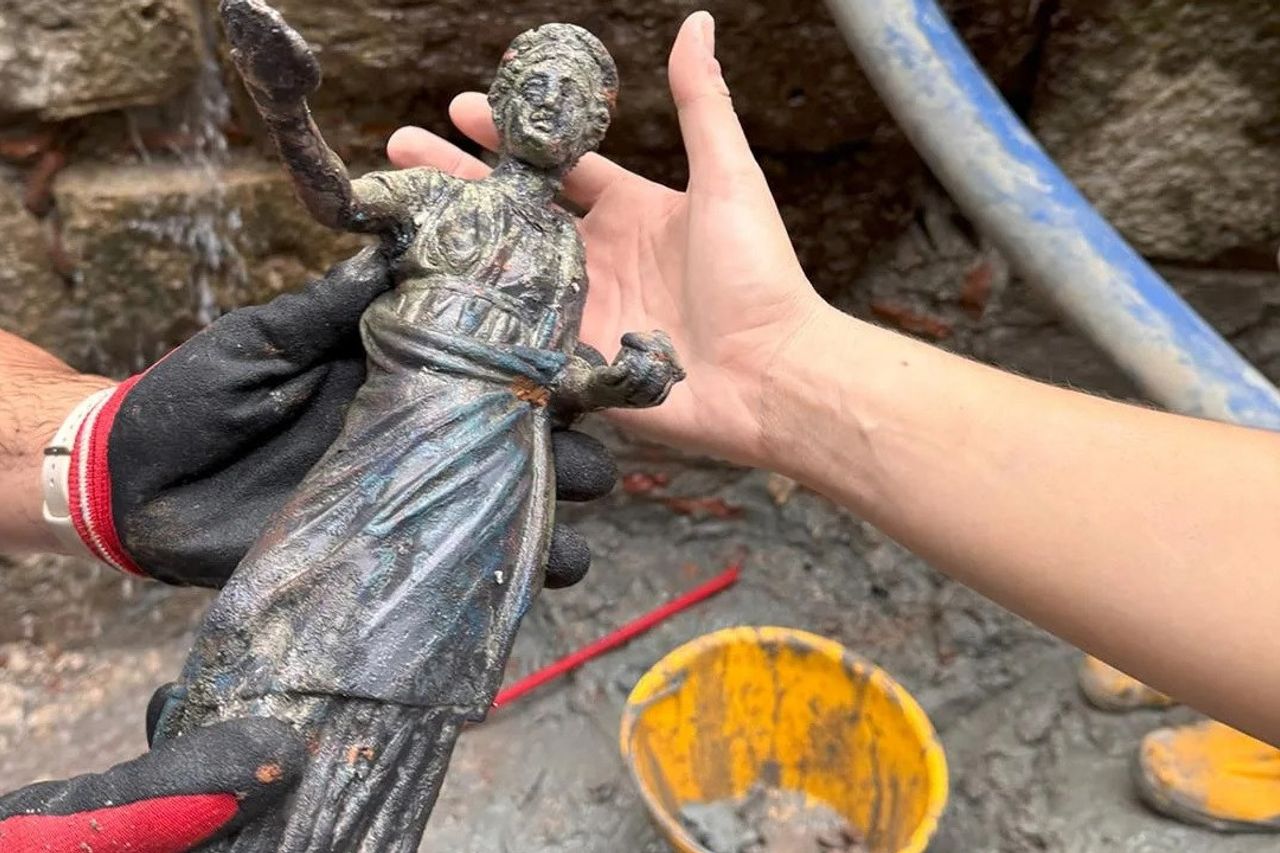Bronze Statues To Ancient Eggs Found At The Tuscany Ancient Hot Water Bathing Site

JAKARTA - Ancient statues, coins, gems and eggs that were still intact from Roman and Ethrurian times were found in excavations at hot water sites in southern Tuscany, Italy.
The announcement was made by the Italian Ministry of Culture this month.
Archaeologists have been digging in San Casciano dei Bagni, a town on a hilltop about 160 km (100 miles) north of Rome since 2019, announcing another extraordinary discovery over the past two years.
San Casciano has a temple connected to hot springs used for healing purposes since the 3rd century BC, the ministry said.
Ethrurians and Romans used to throw offerings there, which are now being excavated.
The latest findings, located nearly 5 meters (16 feet) underground, include male and female bronze statues, including men's half-long cut statues, thousands of coins, crowns and gold rings, precious stones to a series of snake statues.
One of them is nearly one meter long and is likely a representation of Agathos Daimon, a snake-like beard god with a horn from Greek mythology, which may be a spring protector, the ministry said, as reported by Reuters on December 20.
It will be the largest bronze statue of the god found so far, the statement said, recording a smaller example held at the British Museum in London and at the National Archaeological Museum, Naples.
Thousands of egg peels were also found, as well as whole or small cavities of eggs showing egg yolks still inside, plus twigs decorated with plants and pine fruit, as part of a greedy contribution to the shelter.
San Casciano's artifacts are believed to have been preserved for centuries by the warm mud from the spring.
Originally from the 3rd century BC, this holy place was originally built by the Etrurian people and later developed by the Romans into a famous spa complex, Balnea Clusinae, as quoted by Archaelogy News.
VOIR éGALEMENT:
Respected for its therapeutic hot springs, the site attracts visitors from all over the Roman Empire, including Caesar airing.
The plan is that the findings will be exhibited at a new museum scheduled to open in the city by the end of 2026.

